Why Are Good Class Bungalows (GCBs) Headed For A Record High In 2021?
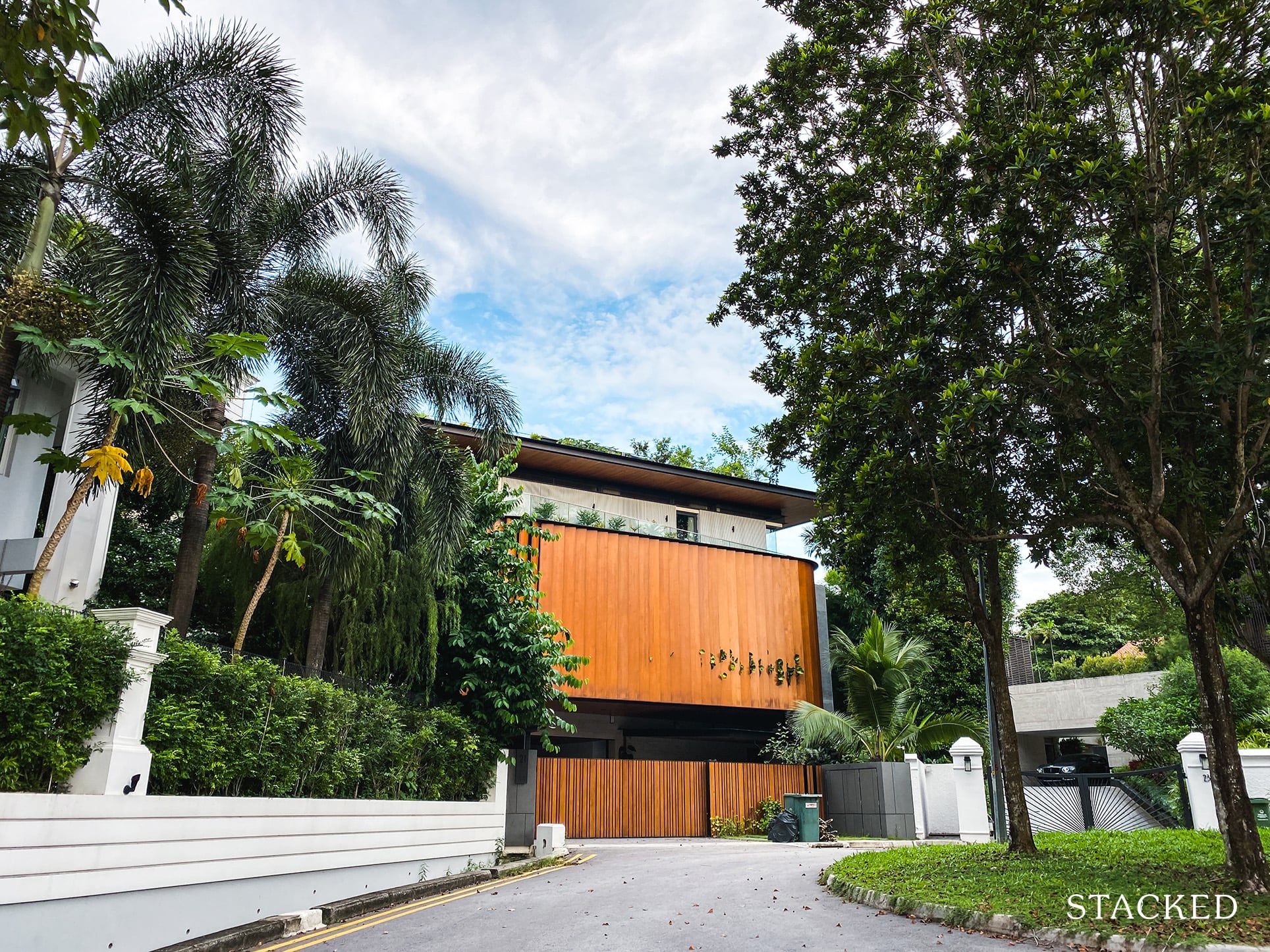
Get The Property Insights Serious Buyers Read First: Join 50,000+ readers who rely on our weekly breakdowns of Singapore’s property market.
A seasoned content strategist with over 17 years in the real estate and financial journalism sectors, Ryan has built a reputation for transforming complex industry jargon into accessible knowledge. With a track record of writing and editing for leading financial platforms and publications, Ryan's expertise has been recognised across various media outlets. His role as a former content editor for 99.co and a co-host for CNA 938's Open House programme underscores his commitment to providing valuable insights into the property market.
Property prices really have gone up across all segments, even the extreme luxury end. Good class bungalows (GCBs) have been all the rage in 2021: from $144 million worth in transactions in 48 hours (in July), to news of tech billionaires developing a penchant for these. There’s also a good likelihood that, with Covid-19 continuing to wreak havoc, the GCB trend will be ongoing for quite a while longer. Here’s what’s happening:
GCB transaction volumes are close to the last highs of 2010
The last peak for GCBs was in 2010, when transactions totalled $1.85 billion, with around 101 transactions. By comparison, the first half of 2021 alone saw about $2.05 billion in transactions, with 68 transactions.
The contrast is even sharper, between 2020 and 2021. Last year, total GCB transactions only reached around $415.8 million, with 21 transactions. On a year-on-year basis (January to August), GCB prices averaged $1,391 psf in 2021, but have since jumped to about $1,713 psf.
The highlight of the year was in July, when four GCBs transacted at around $36 million each, all within the span of 48 hours. These were:
- Binjai Park ($1,318 psf)
- Swettenham Road ($1,954 psf)
- Coronation West Road (no caveat lodged)
- Olive Road ($1,536)
Meanwhile, the most expensive GCB transaction of the year was at Nassim Road, where a 32,160+ sq. ft. home transacted at $128.8 million, or around $4,005 psf.
It’s also been noticed that most buyers, in 2021, seem to be in tech-related businesses. For example, the record-breaking Nassim Road GCB was bought by the wife of Nanofilm Technologies head Shi Xu.
Secretlab founder Ian Ang bought a GCB on Caldecott Hill, while Razer CEO Tan Min-Liang bought a unit at Third Avenue.
There doesn’t seem to be a specific reason why tech entrepreneurs are more inclined toward real estate these days. However, some theories we’ve heard are having a more stable component to their overall portfolio, cheap leveraging, and financing options like home equity loans.
(This refers to taking out a loan against the appreciated property, at a very low-interest rate).
How much have GCB prices moved since 2010?
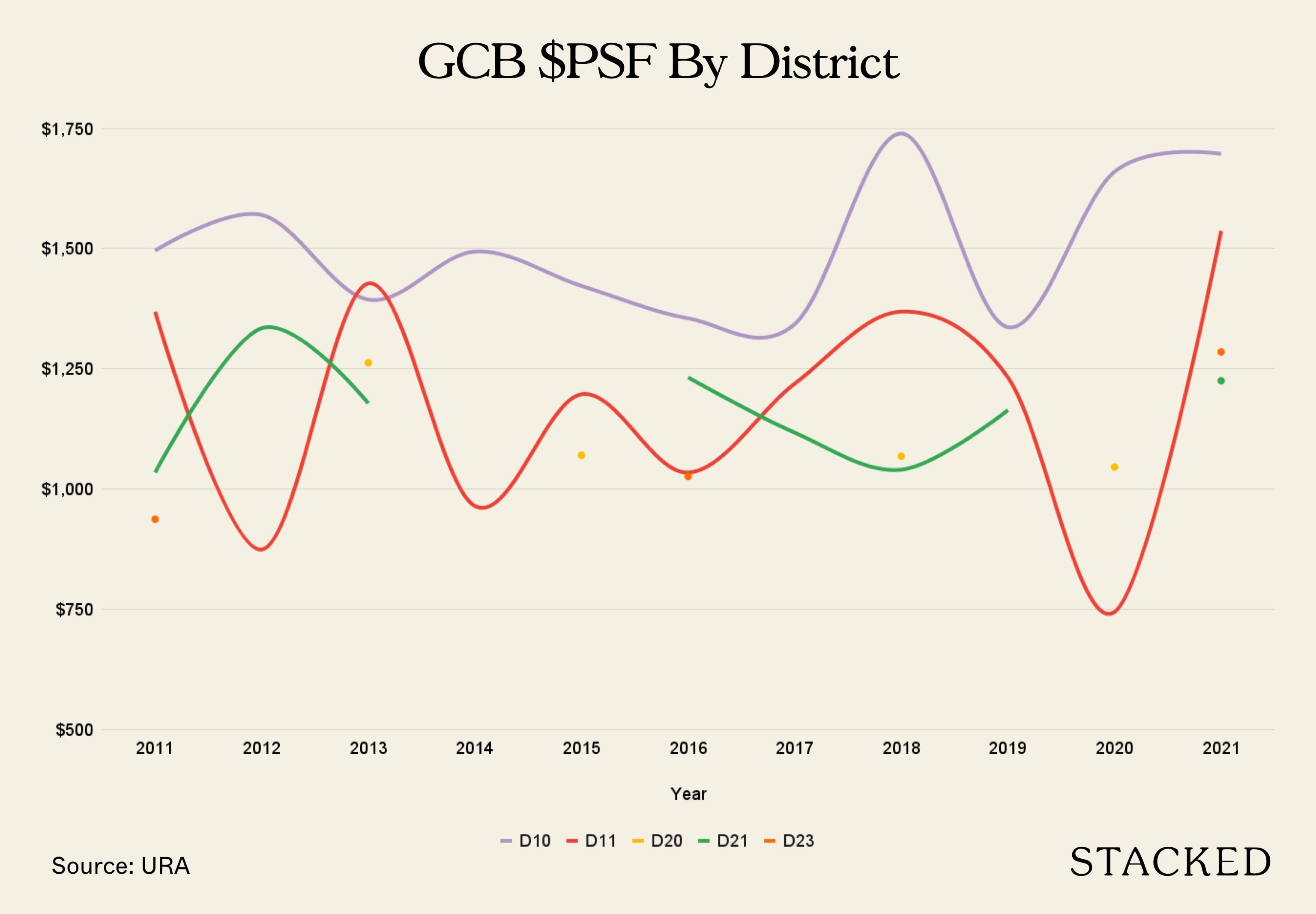
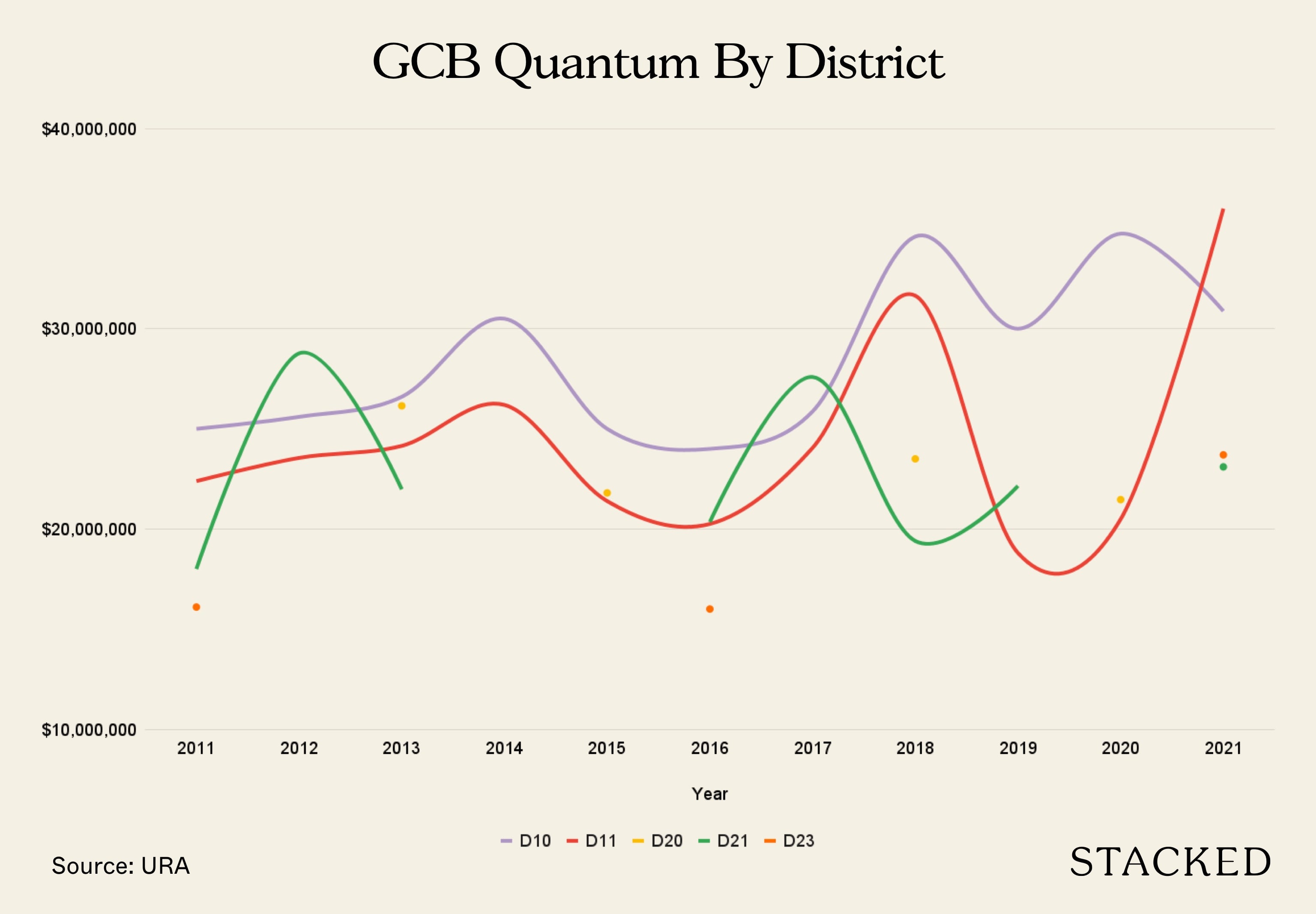
As GCB transactions are few and far between, it’s not easy to get a sense of the overall price movement. However, we can see that Cluny and Nassim appeared to have fared best.
On September 2011, a GCB at Cluny Hill transacted at just $1,246 psf. By the same time in 2015, any nearby GCB had transacted at $1,425 psf, and the last transaction in December 2020 reached $2,315 psf.
On September 2016 and October 2017, two GCBs along Nassim Road transacted at $1,423 psf and $1,372 psf respectively.
But in September 2020 and March 2021, two GCBs along Nassim Road managed to reach $1,831 psf and $4,005 psf.
While prices appear to have gone up in almost all the 39 GCB areas, the rise is not proportionate.
For example, King Albert Park saw a GCB transaction at $1,194 psf in February 2011. Another transaction in the same area, in February 2017, was only at $1,117 psf, whilst the latest transactions (August and September this year) were at $1,244 psf and $1,108 psf.
More from Stacked
Is One North Singapore’s Next Real Estate Investment Hotspot? Here’s The Important Points Buyers Need To Consider
One North has always occupied an odd position in the Singapore property market. On the one hand, most people acknowledge…
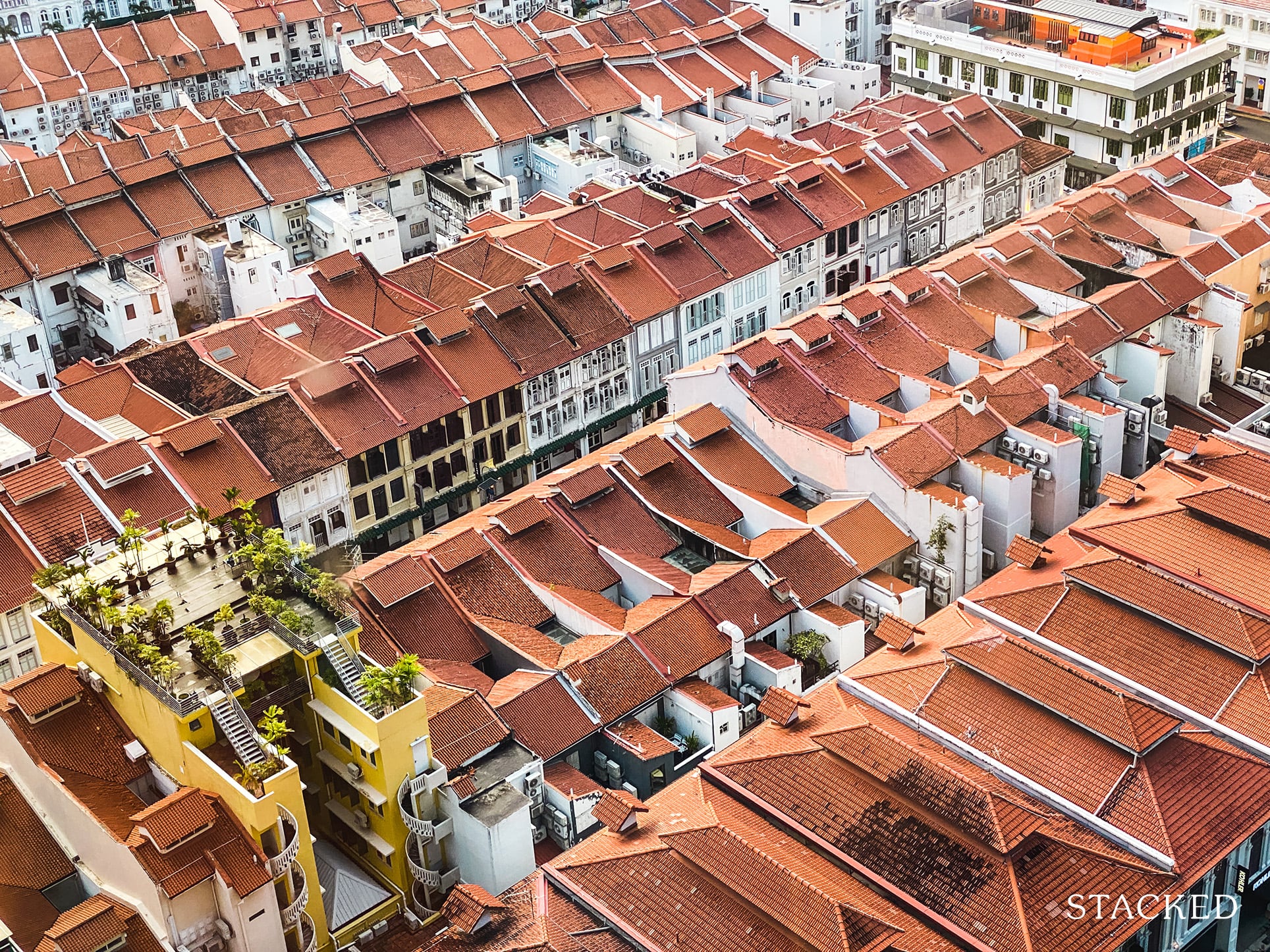
Property Investment InsightsShophouse Versus Bungalows: Which Are Better Investments?
by Ryan JWhy the surge in Good Class Bungalows in 2021?
The reasons are somewhat similar to the overall surge in landed homes, which we covered in a previous article. But to summarise, note that the last peak for GCBs was in 2010, as recovery from the ‘08/09 financial crisis settled in. We’ve seen that investors like to consider Singapore real estate – especially freehold landed homes – as a safe haven in volatile times. With the supply of GCBs limited to just the 39 areas in Singapore, there’s seemingly little supply to meet the demand of such luxurious landed living in Singapore.
That aside, agents have noted that the surge among tech industry buyers may be related to Work From Home arrangements, and lockdown measures (worldwide, not just in Singapore). This fuels a surge in digital entertainment and media, and owners of these companies are likely seeking a safe place to park their windfall. There have also been people making eye-popping amounts of money off crypto, and because of the lack of supply in GCBs, these have also contributed to the increasing demand.
As the ultra-rich will not have issues getting financing, the property also doesn’t “lock up” their capital as much as it would many regular buyers. For example, it’s quite common for the ultra-rich to use financing options such as home equity loans, to borrow against their properties at low rates; this allows them to quickly reinvest in other assets.
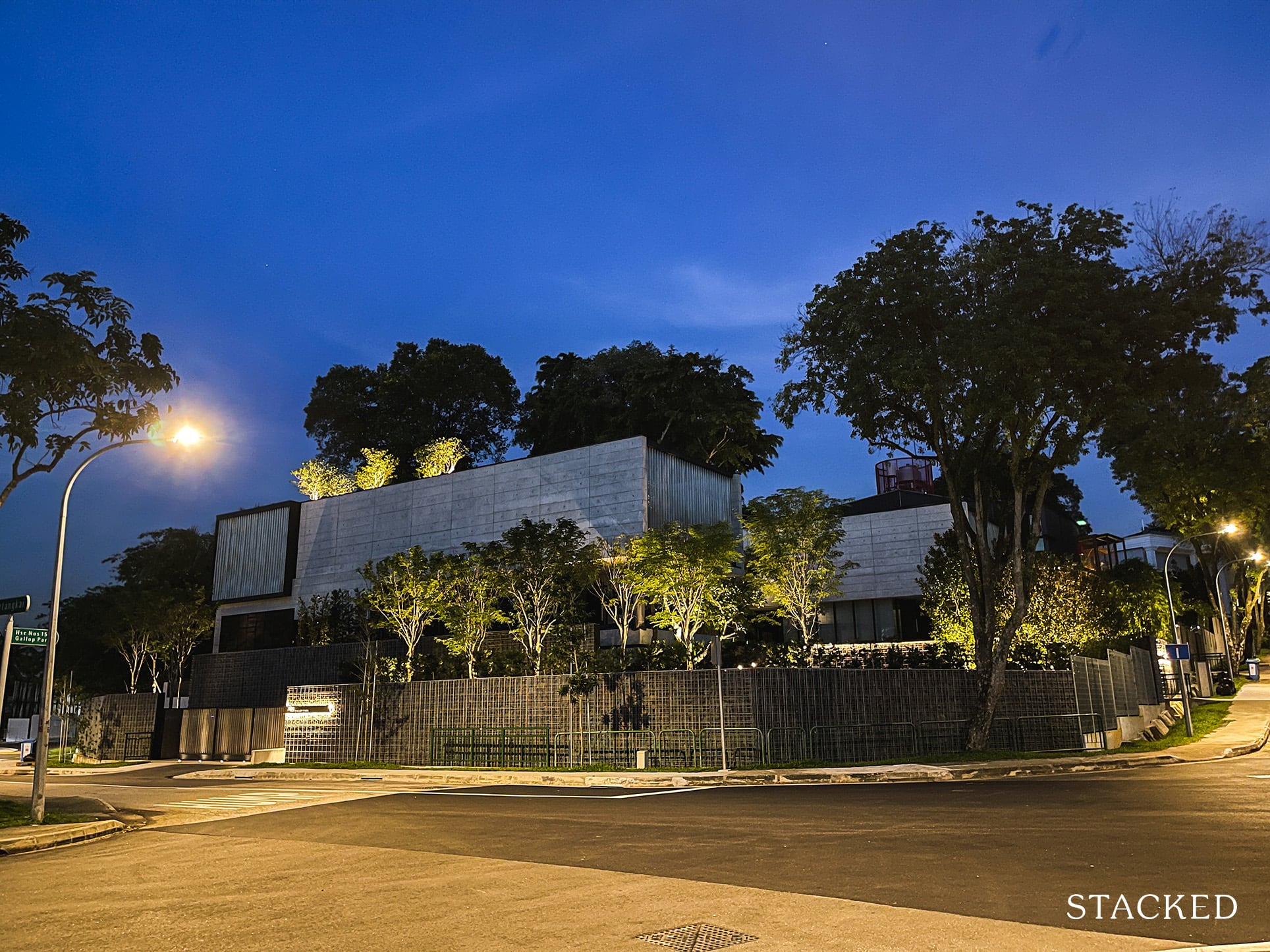
There are surprisingly good rental prospects for GCBs
It’s often said that landed homes are bad for rental yields. In terms of more run-of-the-mill landed housing, this tends to be true, with gross rental yields often at two per cent or under.
However, GCBs tend to outperform their regular counterparts, and can reach yields of close to three per cent. In 2020, for example, we saw GCBs of rental rates hitting records of $75,000 to $85,000 per month; while the record for 2021 is $150,000 per month.
This is partly helped by restrictions on foreign ownership. Only Singaporeans can buy freehold landed properties such as GCBs (barring special permission). Foreigners can only buy leasehold landed properties on Sentosa Cove, which has not been a popular area in recent years.
(However, the renewed demand for landed homes could bring a turnaround in Sentosa Cove’s fortunes this year).
Given that home loan rates are at record lows, averaging 1.3 per cent per annum, owners who rent out their GCBs will find it easy to cover interest and maintenance.
While GCBs are out of most budget ranges, a conventional landed home may not be as pricey as you think
We compiled some of the cheapest landed properties you can find in Singapore. For those of you who are pure home buyers, you might want to consider looking in the leasehold landed market – prices here haven’t soared as high, but many offer equal comfort in terms of lifestyle.
For more details as the situation unfolds, follow us on Stacked. You can also get in-depth reviews of new and resale properties alike.
If you’d like to get in touch for a more in-depth consultation, you can do so here.
Ryan J
A seasoned content strategist with over 17 years in the real estate and financial journalism sectors, Ryan has built a reputation for transforming complex industry jargon into accessible knowledge. With a track record of writing and editing for leading financial platforms and publications, Ryan's expertise has been recognised across various media outlets. His role as a former content editor for 99.co and a co-host for CNA 938's Open House programme underscores his commitment to providing valuable insights into the property market.Read next from Property Market Commentary
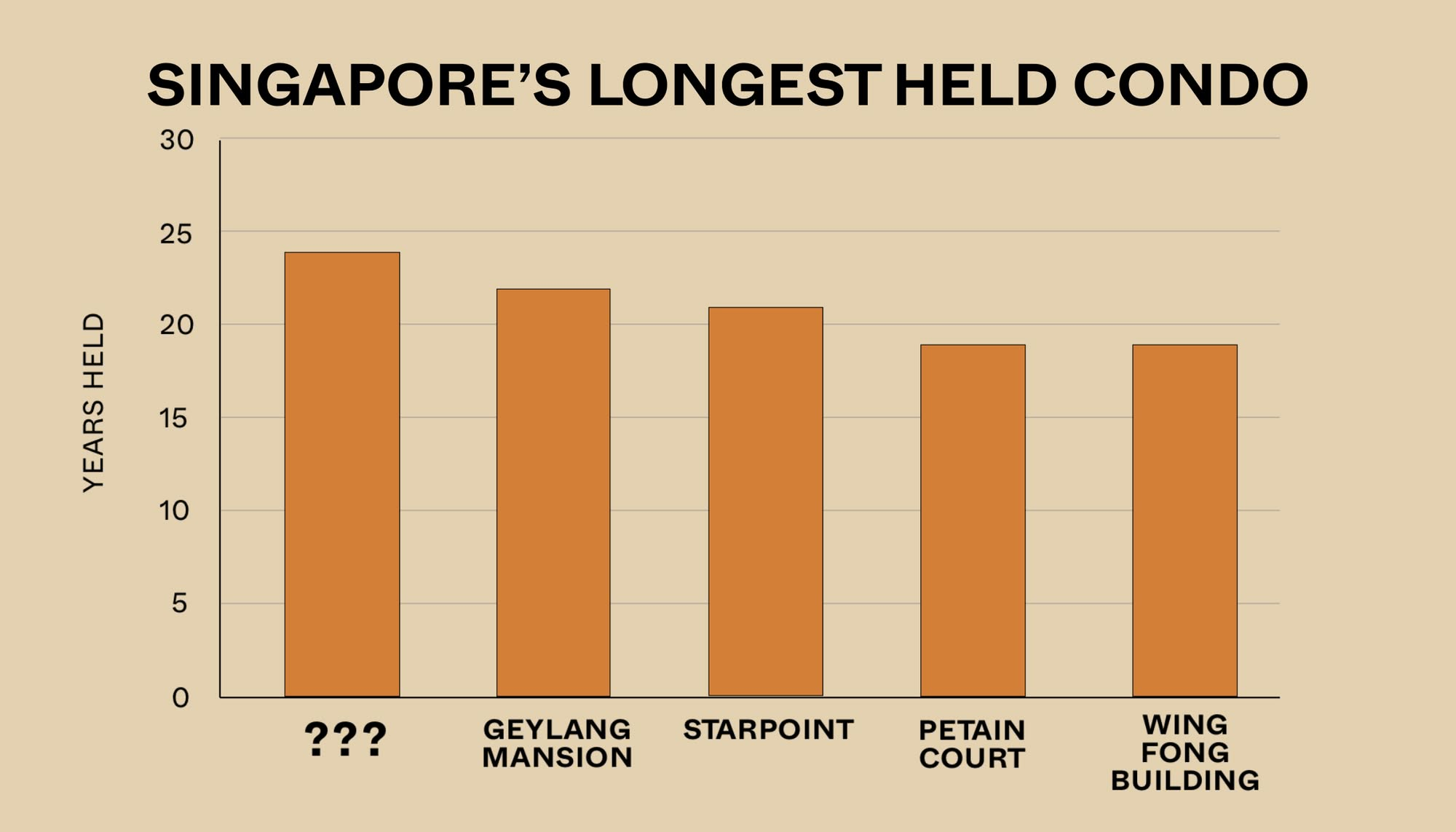
Property Market Commentary The Surprising Truth Behind Singapore’s Longest Held Condos – And Why Residents Refuse To Sell After 20 Years
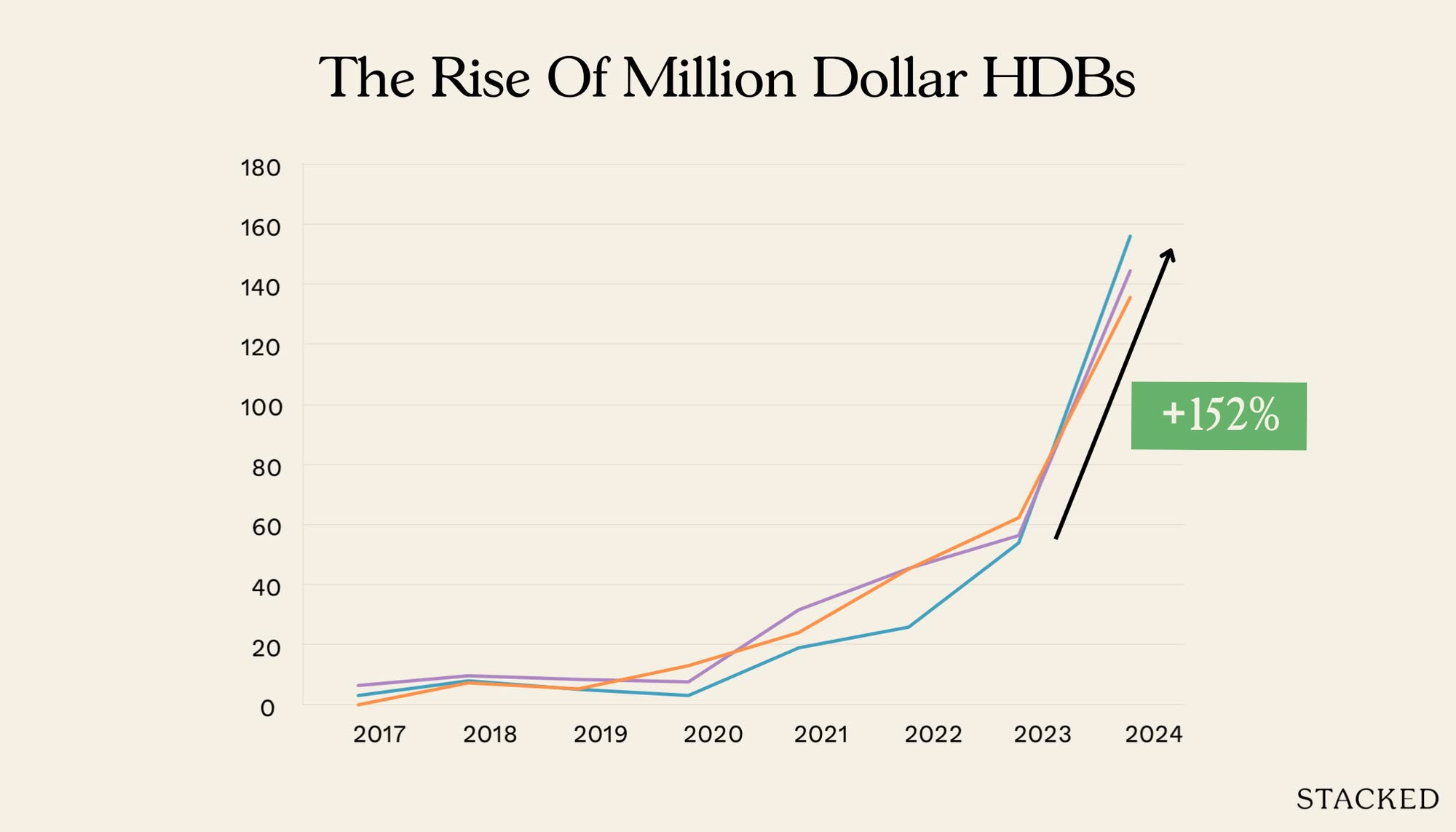
Property Market Commentary We Tracked The Rise Of Million-Dollar HDB Flats By Estate — And The Results May Surprise You
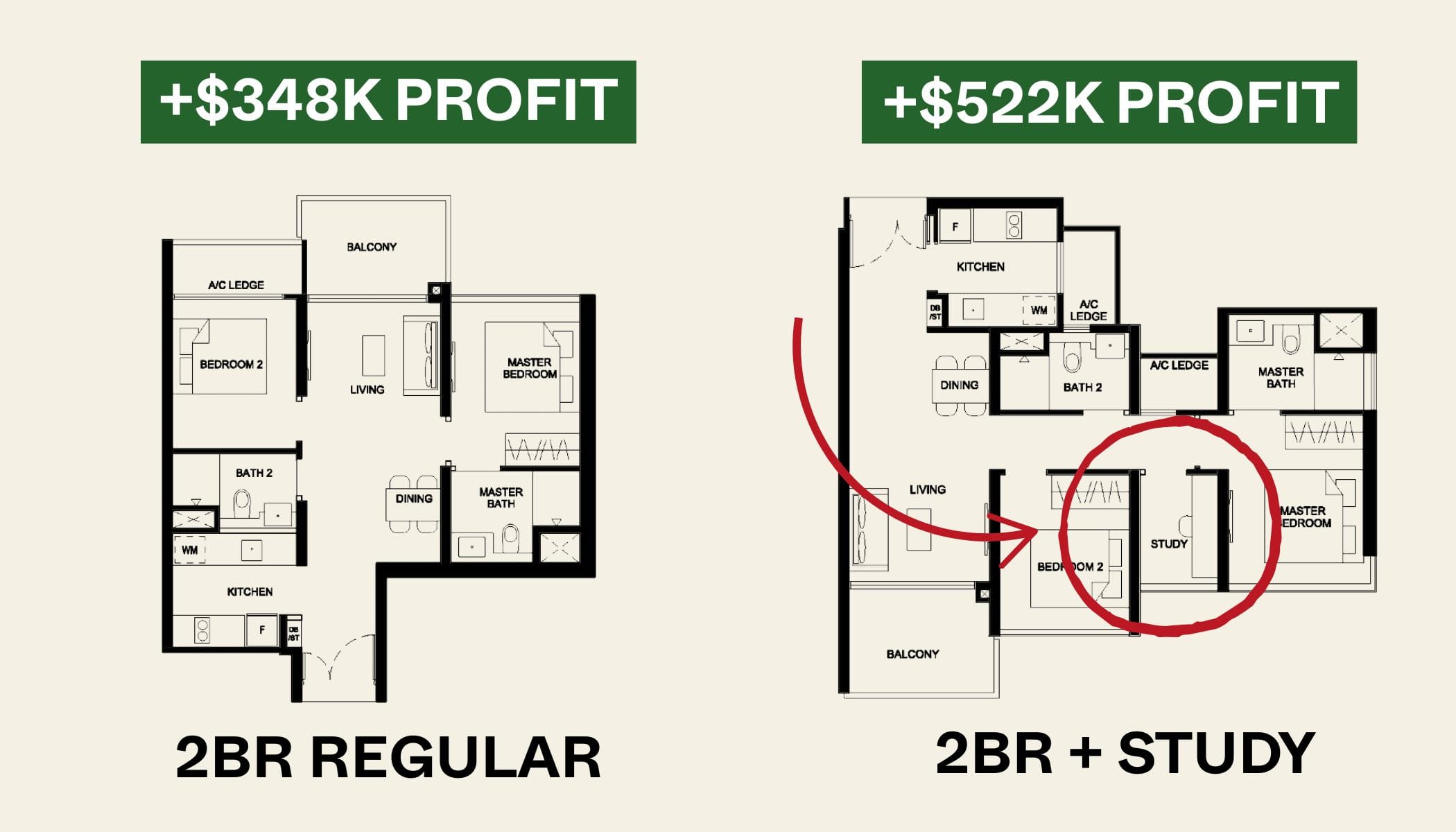
Property Market Commentary 2-Bedder vs 2+Study Units: Which Condo Layout Has Better Returns Over The Last Decade?

Property Market Commentary A First-Time Condo Buyer’s Guide To Evaluating Property Developers In Singapore
Latest Posts
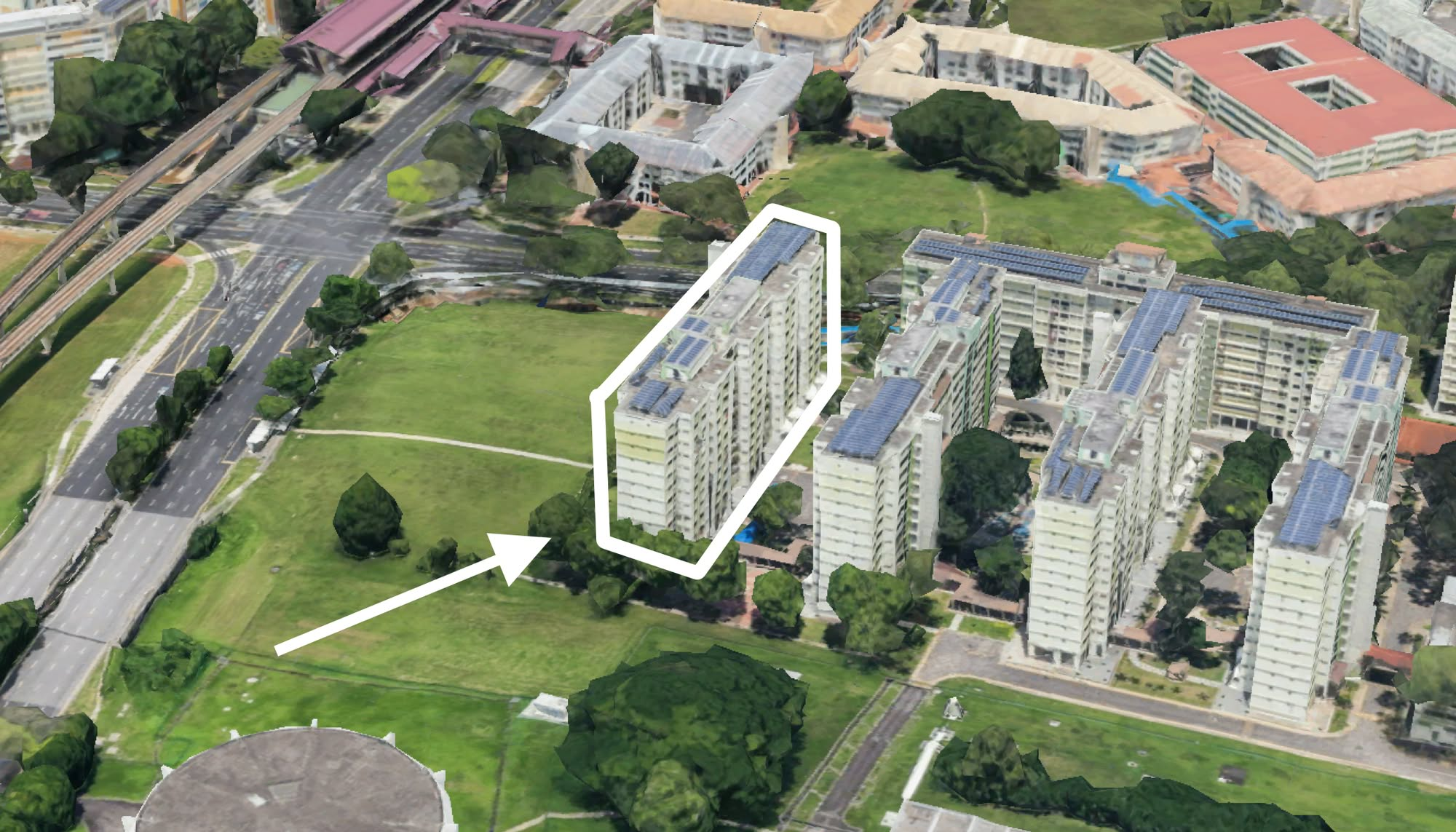
On The Market 5 Biggest HDB Flats Over 1,700 Sqft From $950k
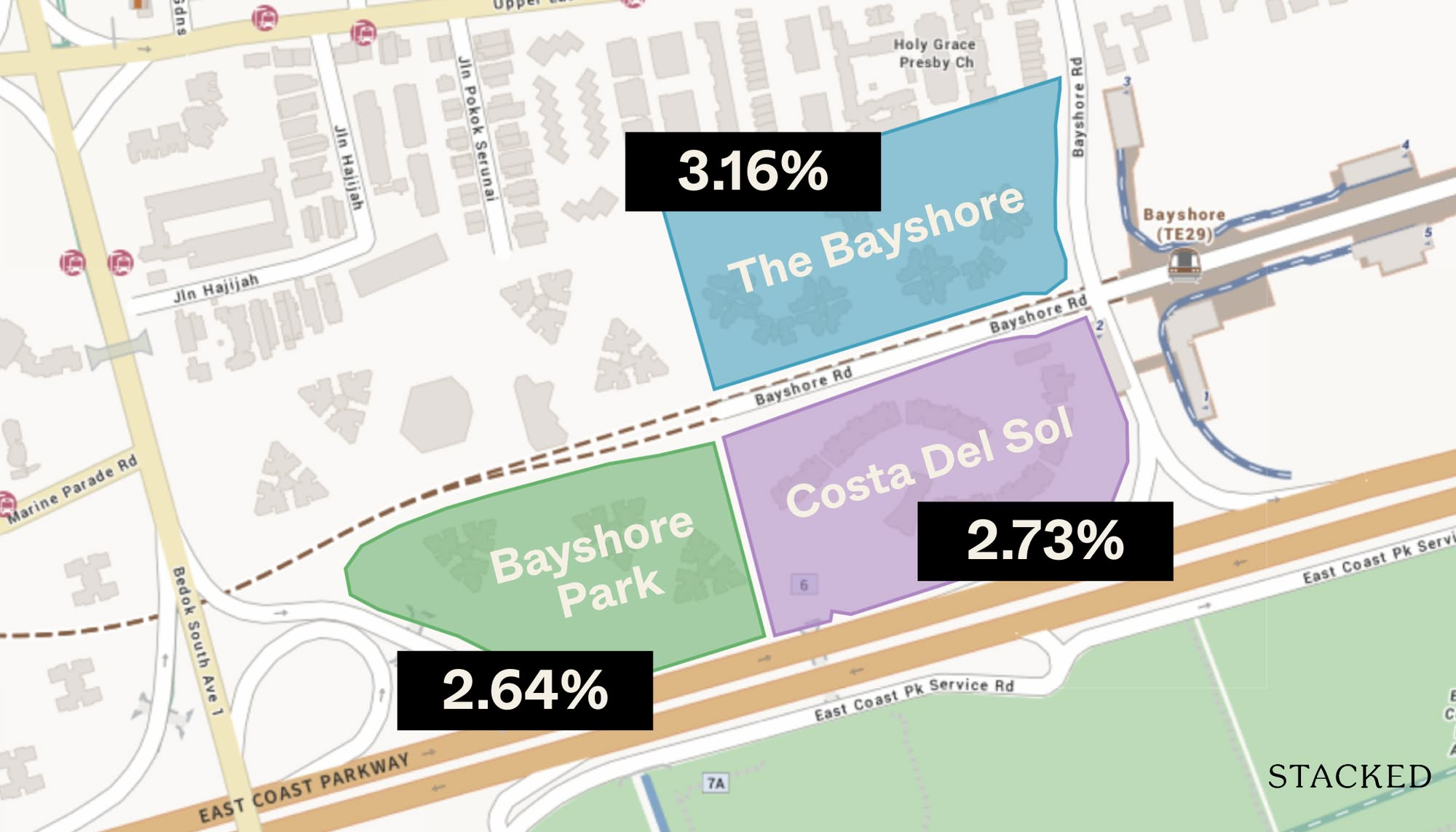
Pro 2 Reasons Costa Del Sol Underperformed—Despite Its Seafront Location And Family Appeal
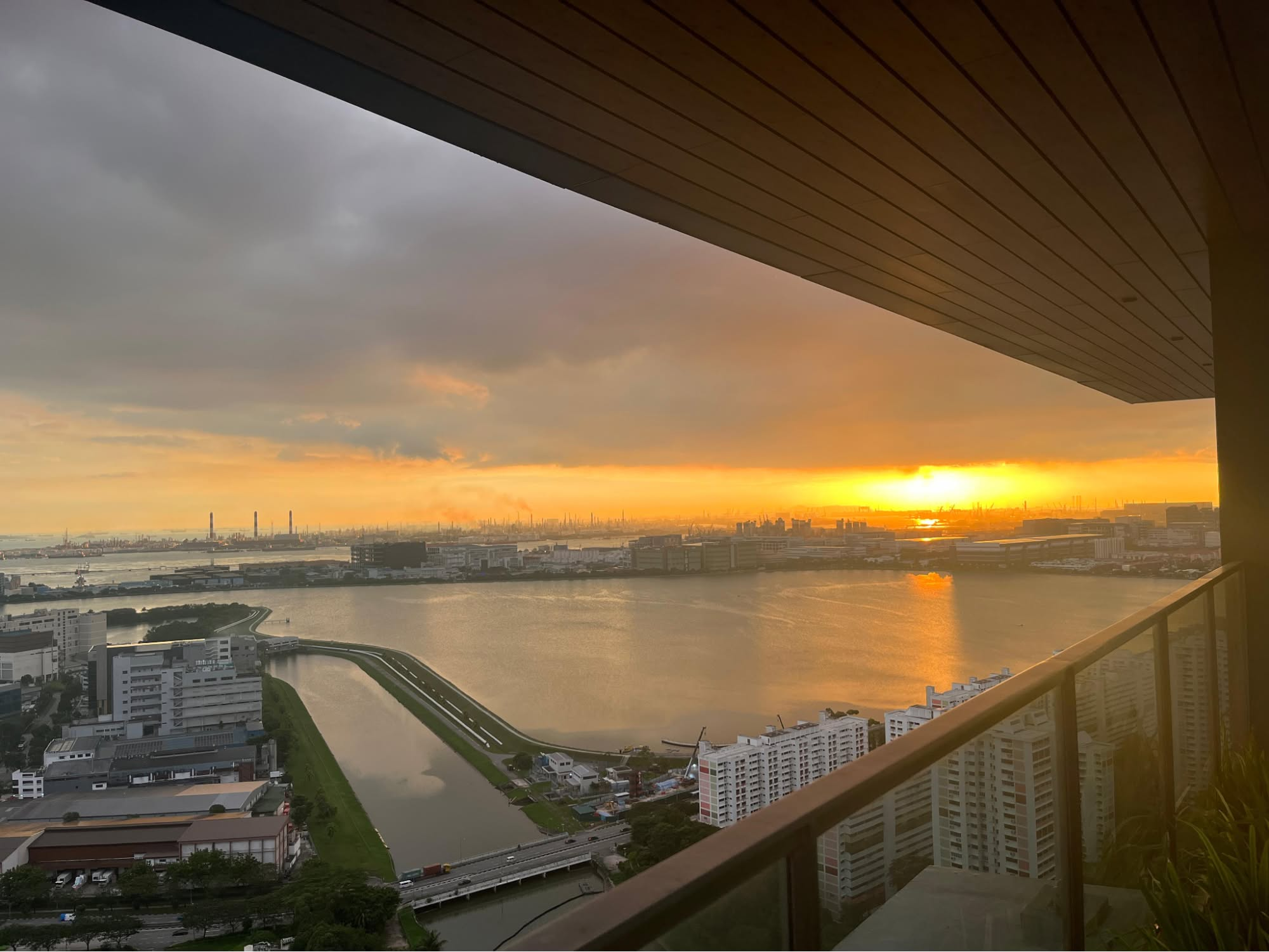
Homeowner Stories I’ve Lived in Twin VEW for Four Years: What It’s Like Living Without an MRT Nearby
Pro 7 Reasons Reflections at Keppel Bay Underperformed—Despite Its Iconic Design and Prime Waterfront Location
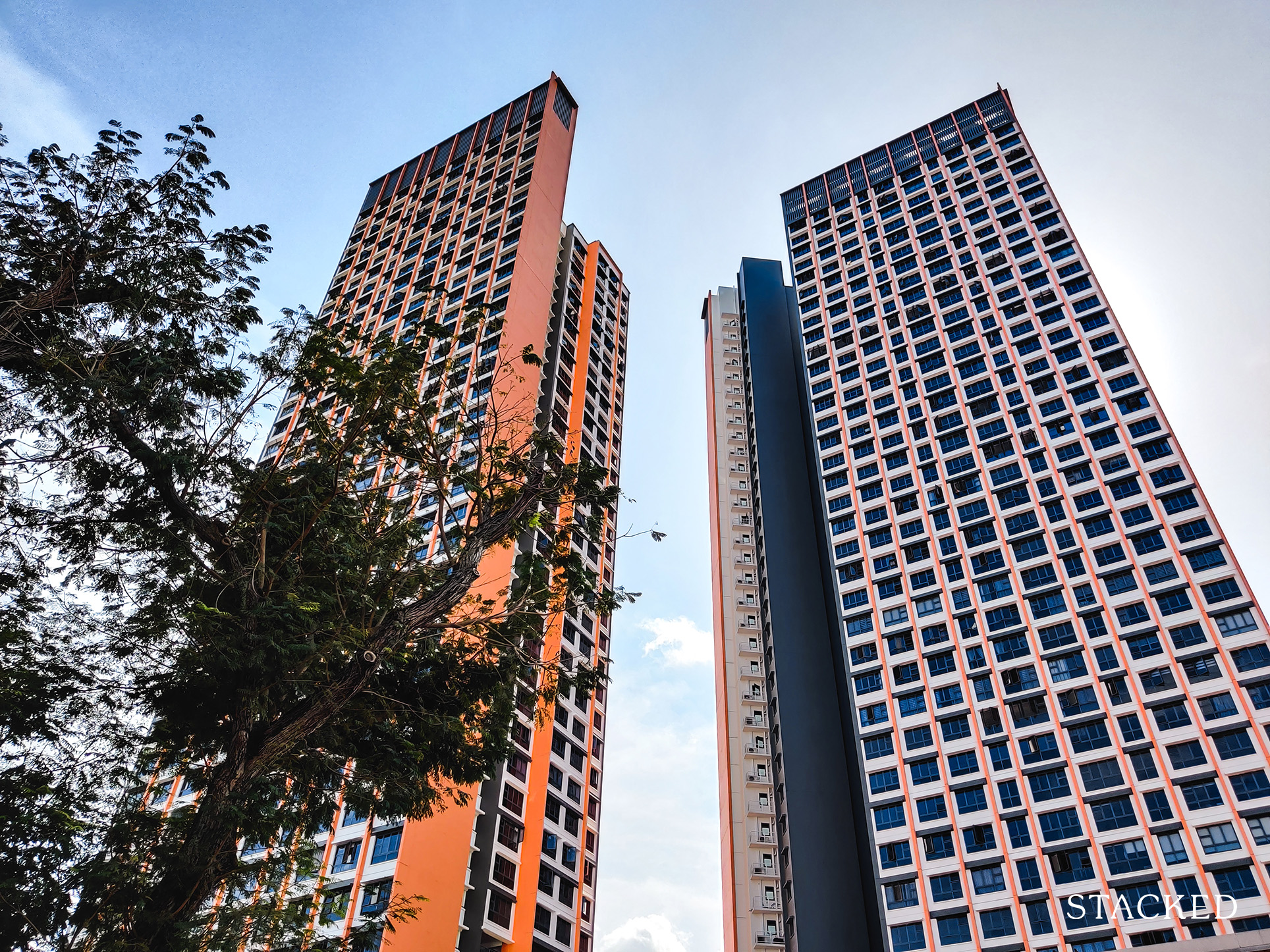
Singapore Property News Clementi 4-Room HDB Sold For Record $1.28 Million – Here’s What Makes It So Special
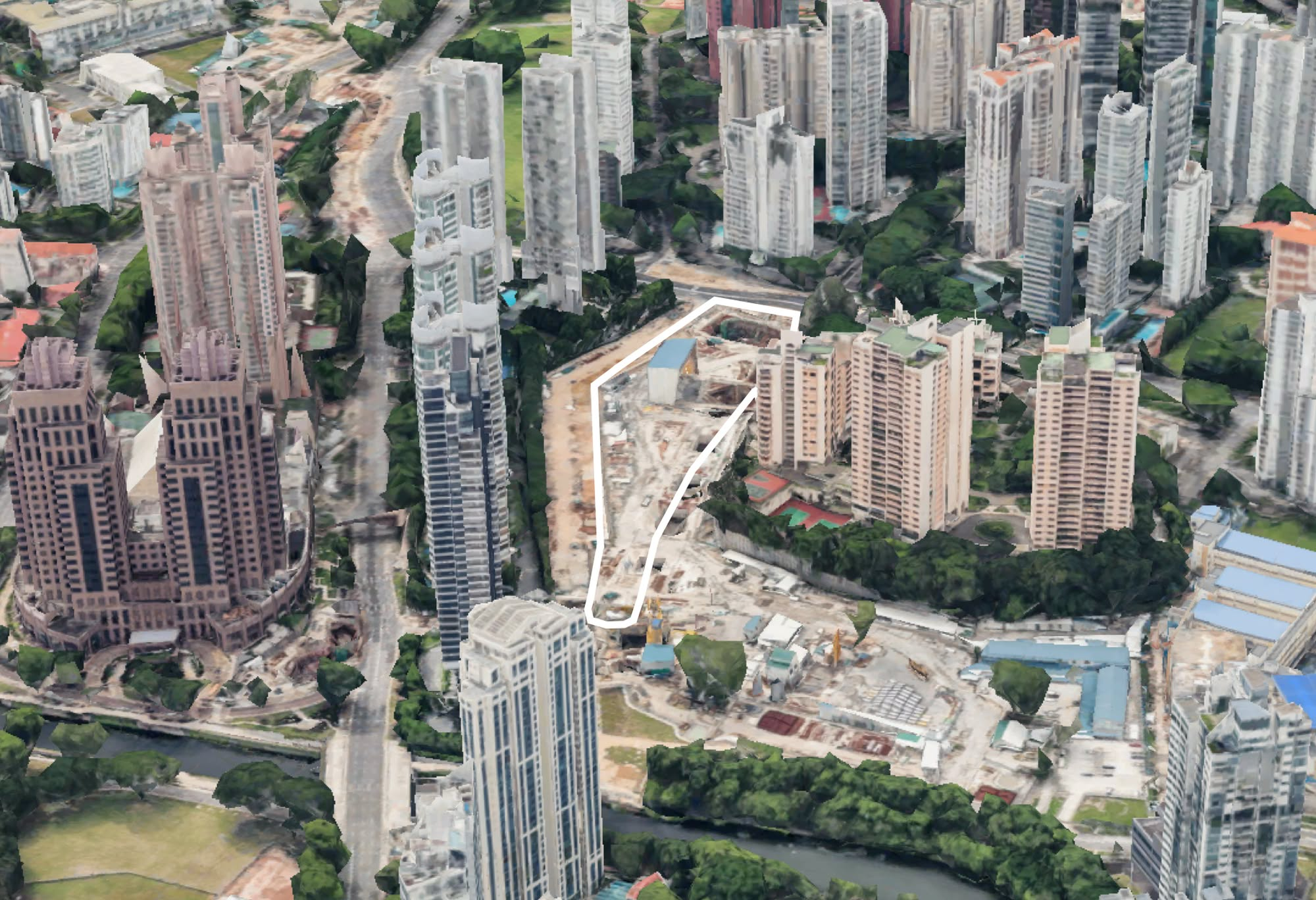
Editor's Pick This New River Valley Condo Starts At $1.2M: And It’s Cheaper Than Some City-Fringe Launches
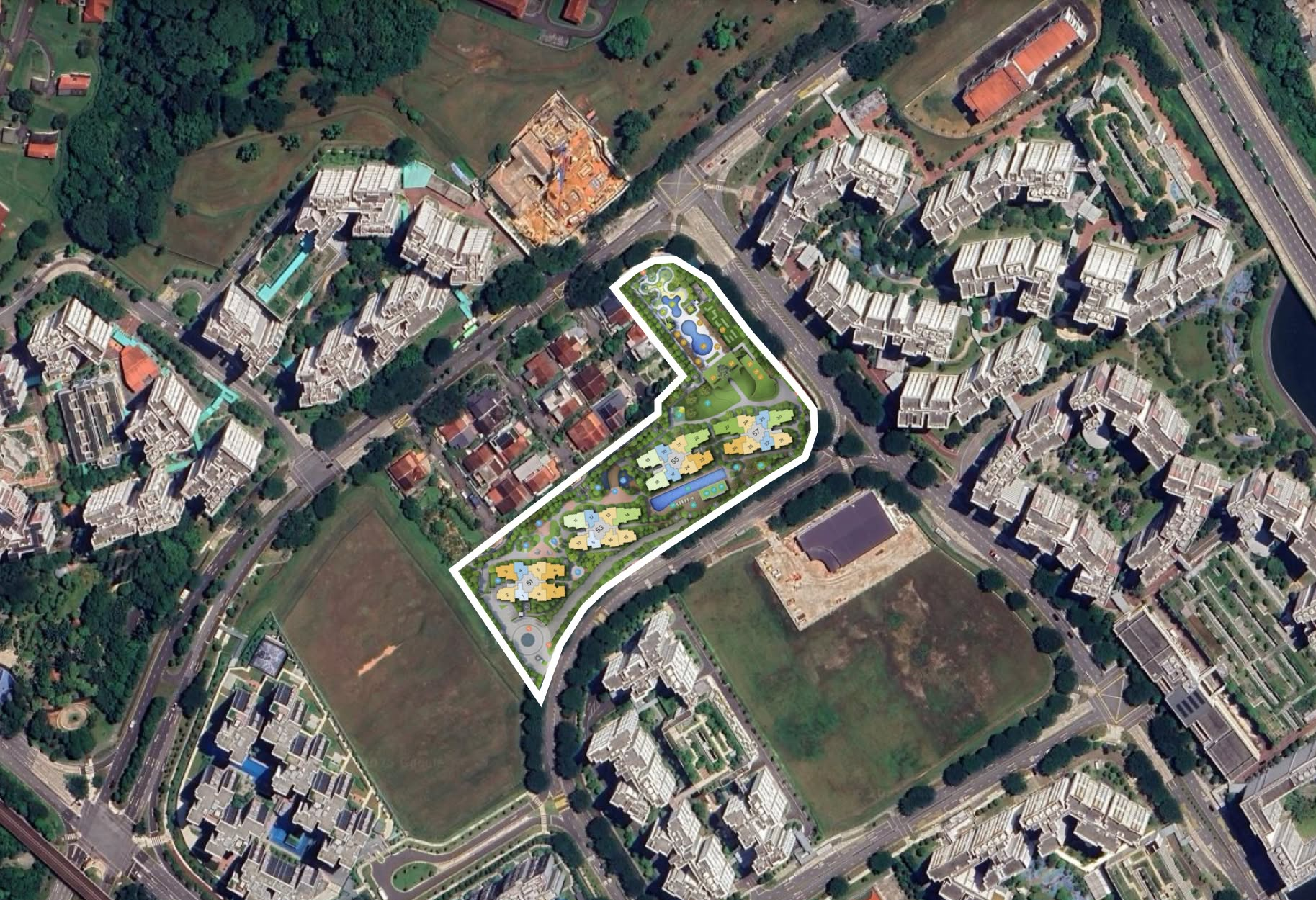
New Launch Condo Analysis This New 376-Unit Condo In Sembawang Might Be The Best Pick For Young Families: Here’s Why
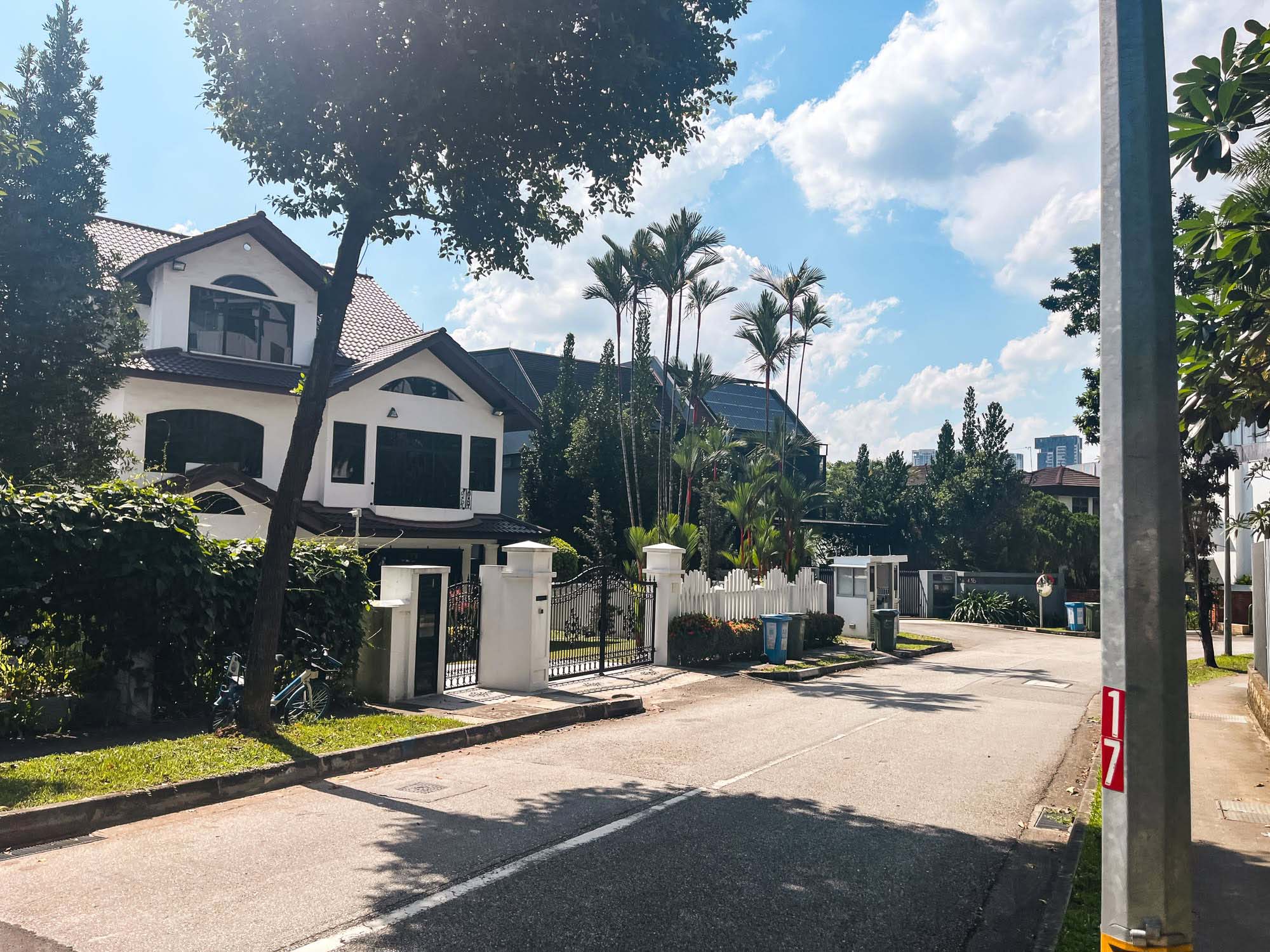
Editor's Pick Where To Find Freehold Semi-D Landed Homes From $4.4m: Touring Gilstead Road
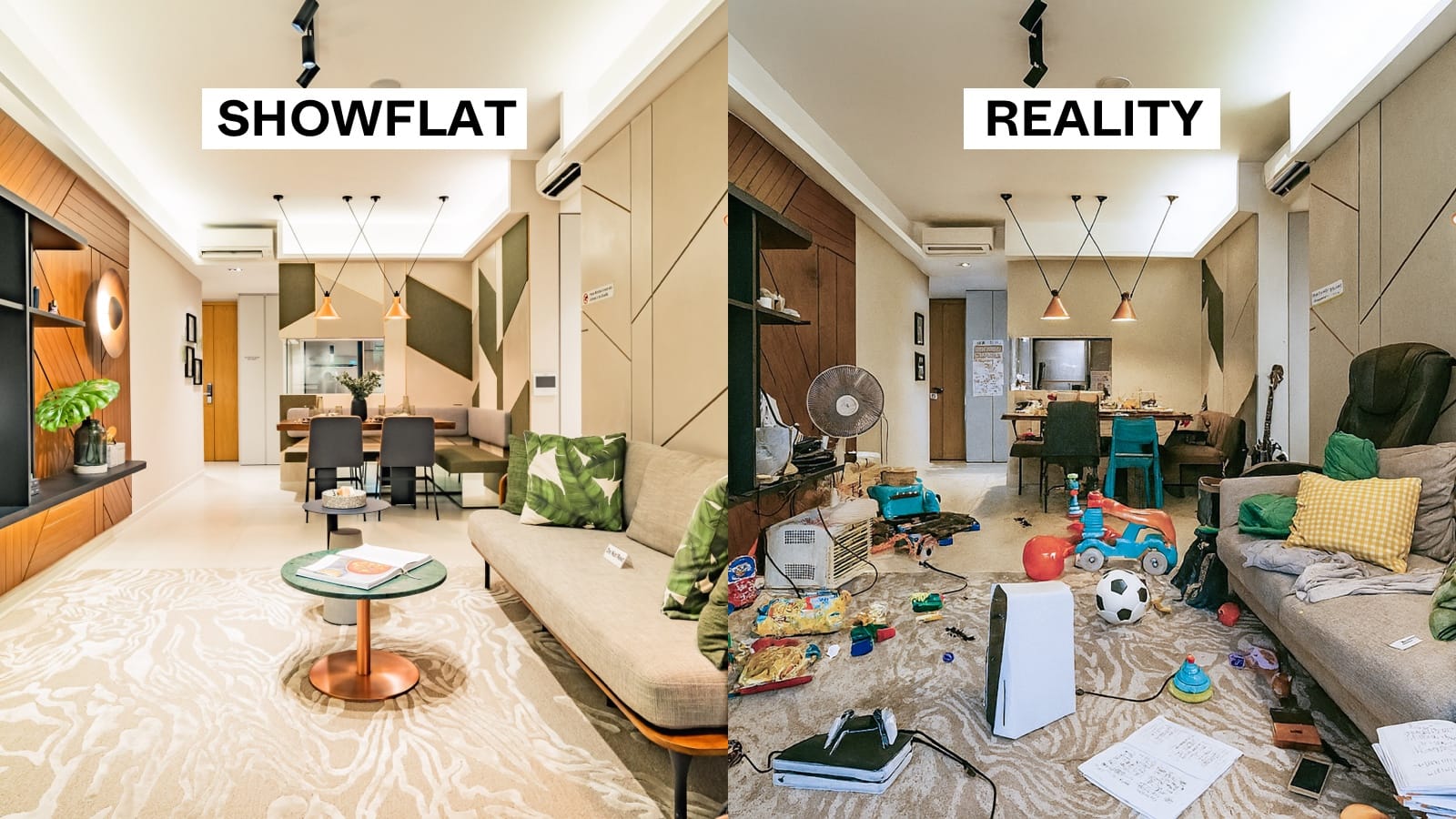
Singapore Property News The Trick to Seeing Through a Condo Showflat (Most Buyers Never Do This)
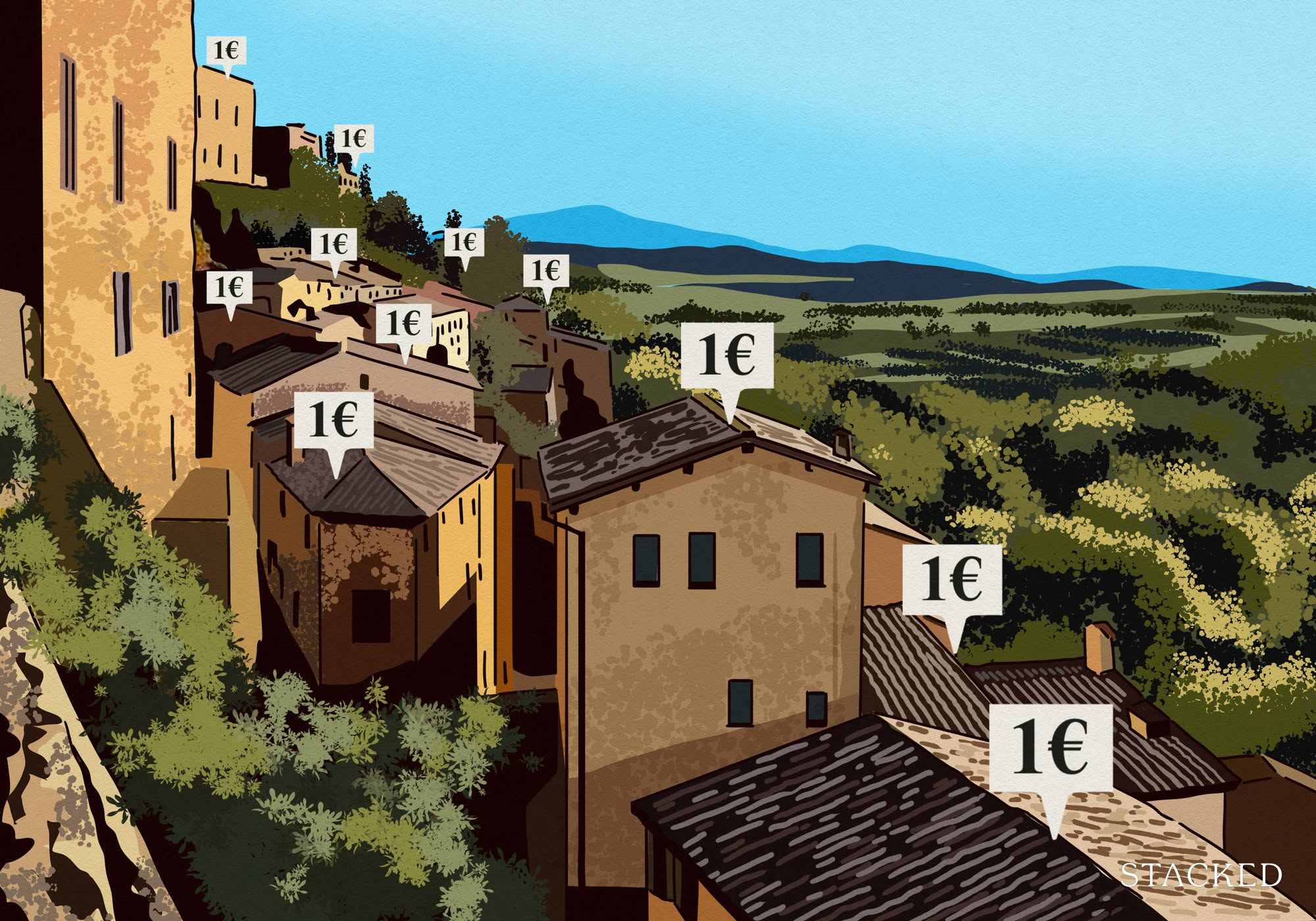
Editor's Pick Can You Really Buy A House In Italy For €1? Here’s What Singaporeans Should Know
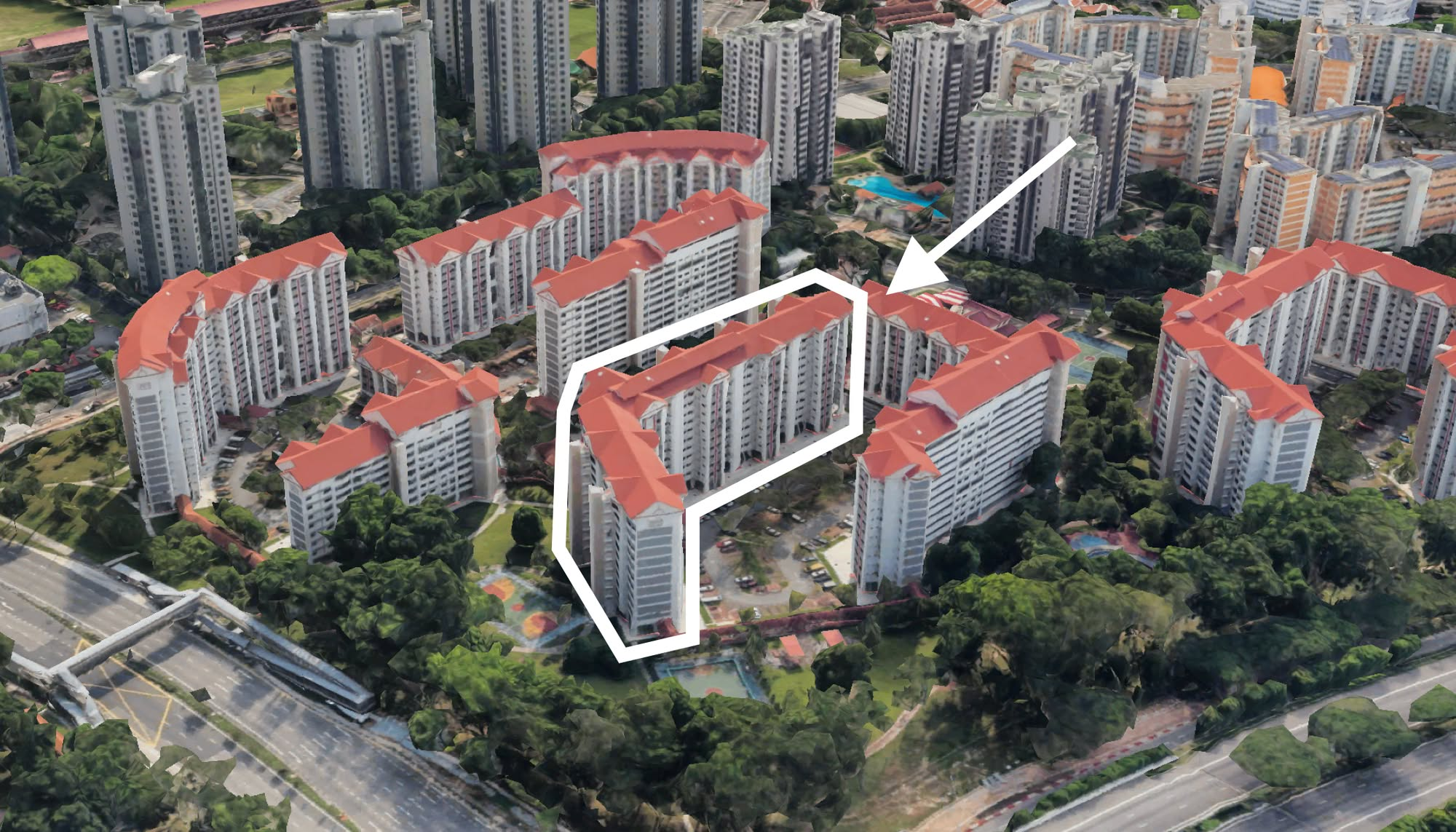
On The Market 5 Cheapest 5-Room HDB Flats Near MRT Stations From $550k
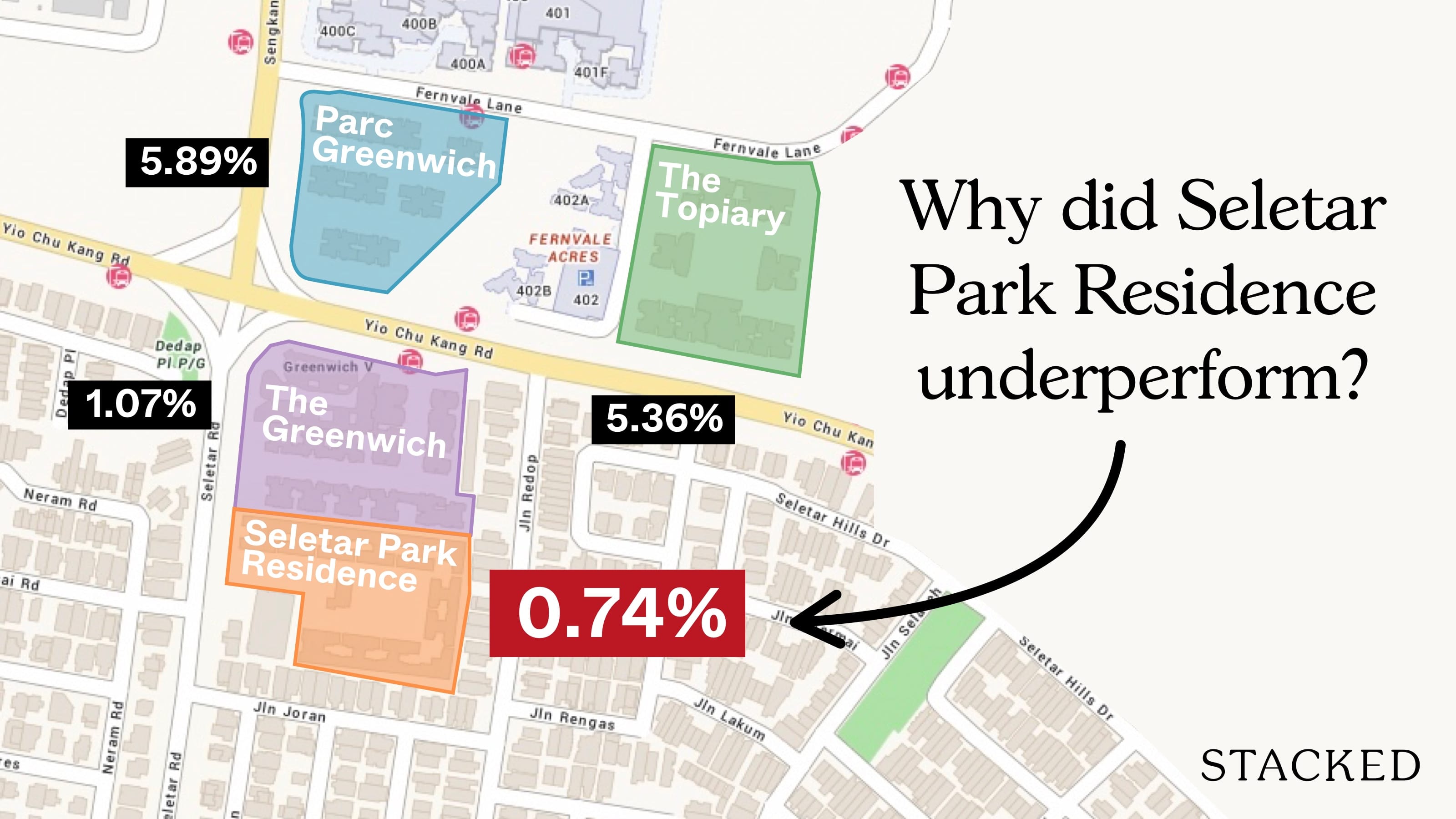
Pro Why Seletar Park Residence Underperformed—Despite Its District 28 Location And Large Unit Sizes
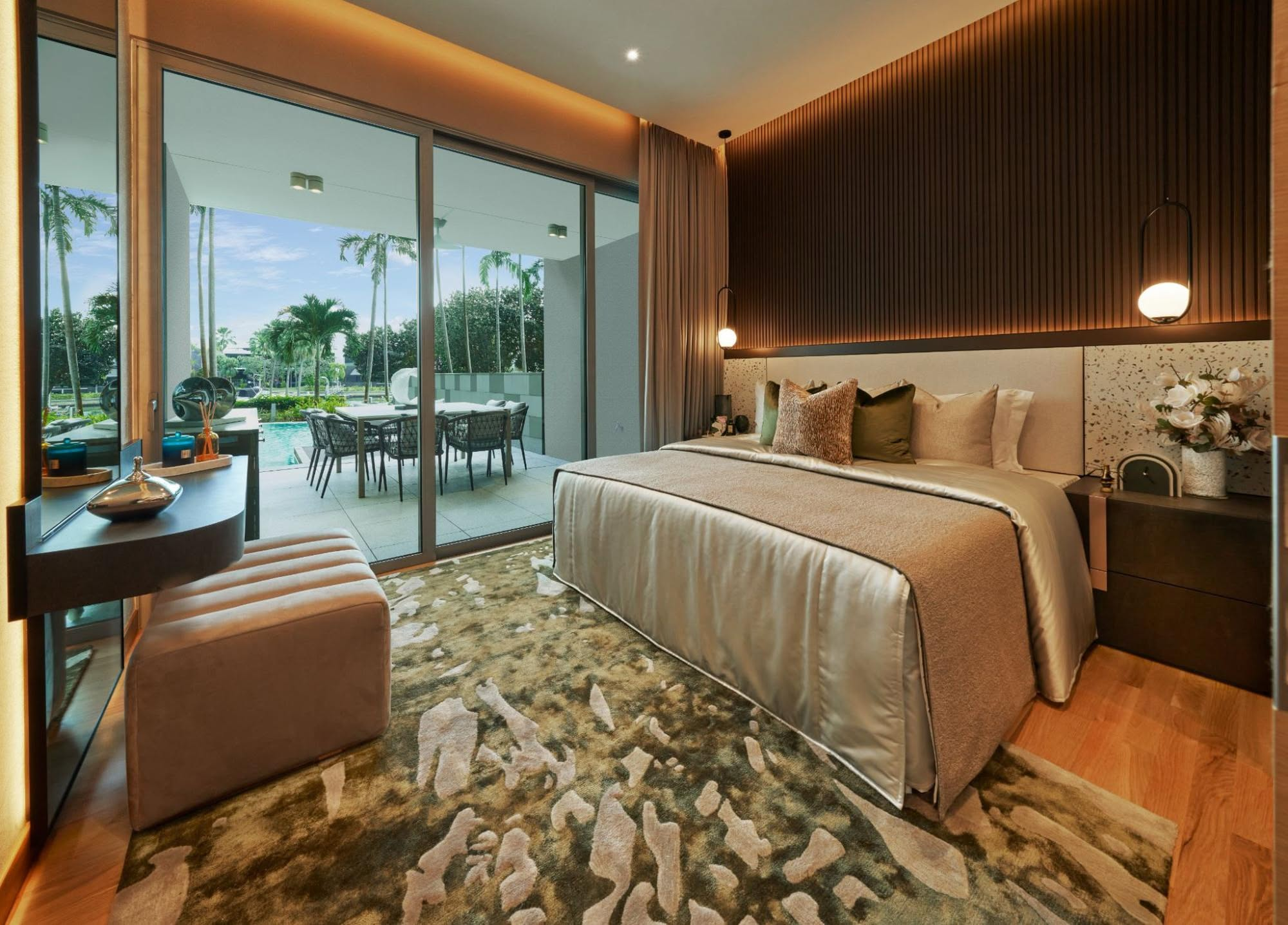
On The Market Inside A Luxury Waterfront Home at The Residences At W Singapore Sentosa Cove
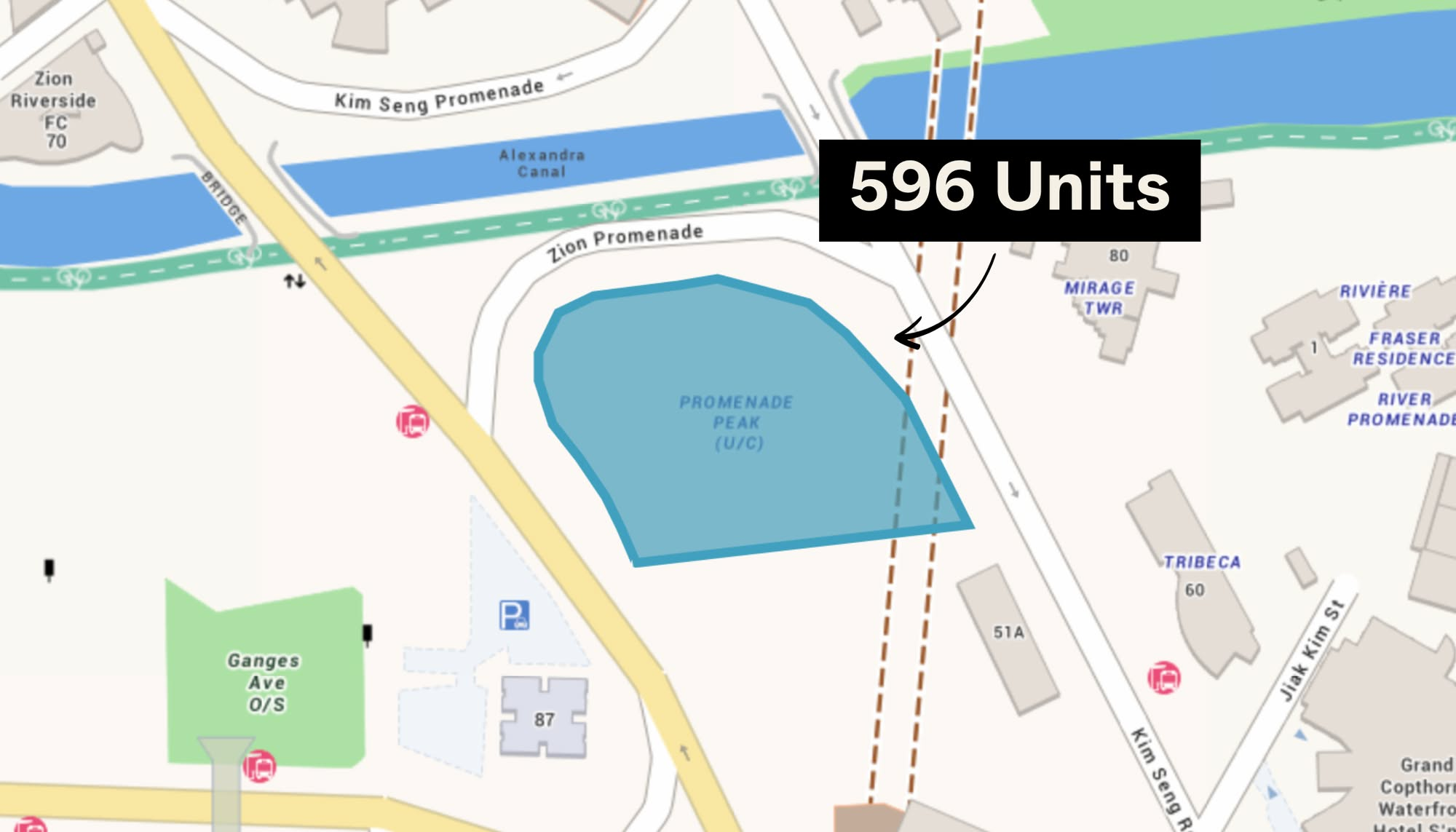
New Launch Condo Analysis Singapore’s Tallest New Condo Comes With the Highest Infinity Pool: Is The 63-Storey Promenade Peak Worth A Look?
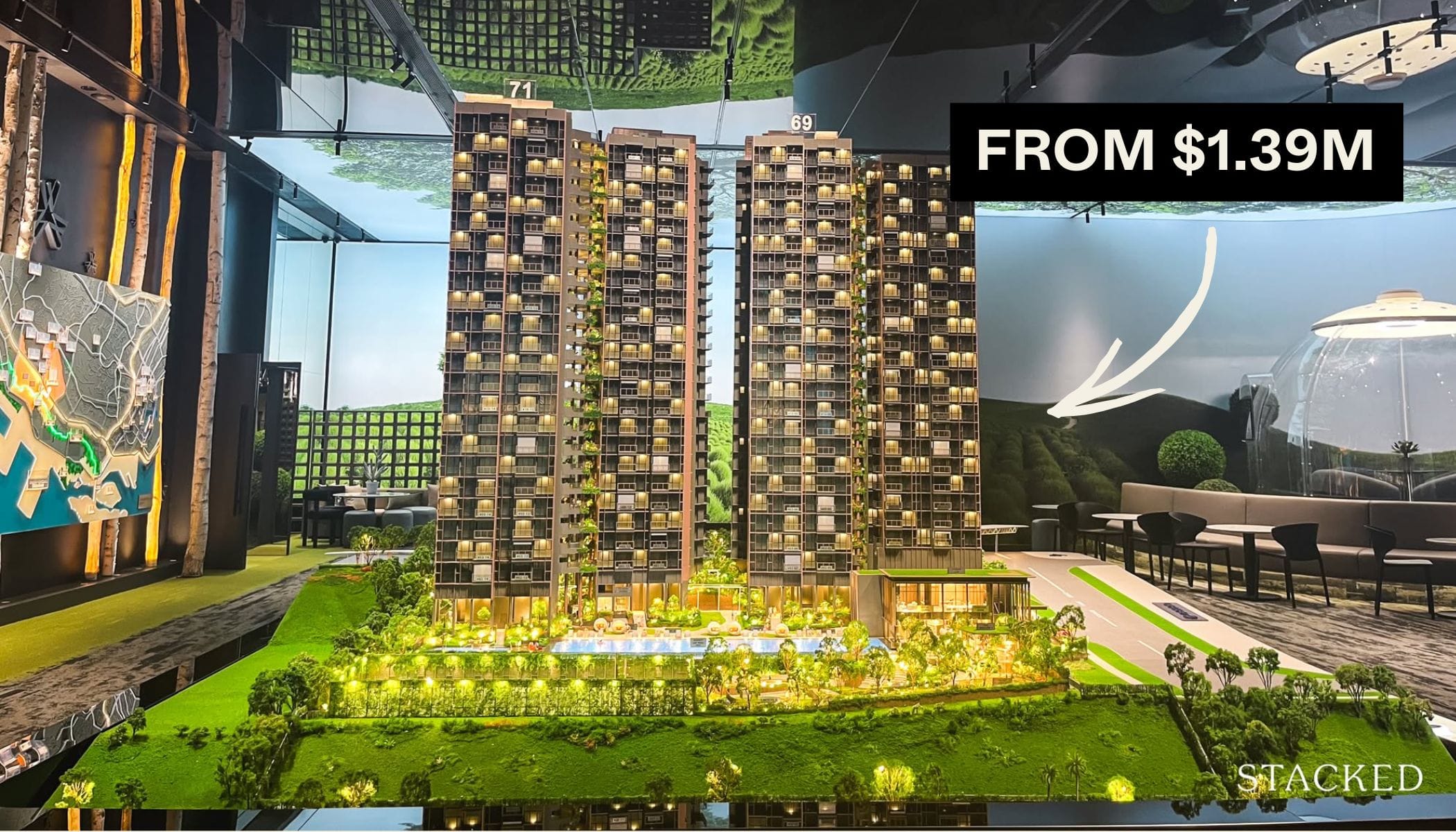
Editor's Pick LyndenWoods Condo Pricing Breakdown: We Compare Its Pricing Against Bloomsbury Residences, Normanton Park & One-North Eden


